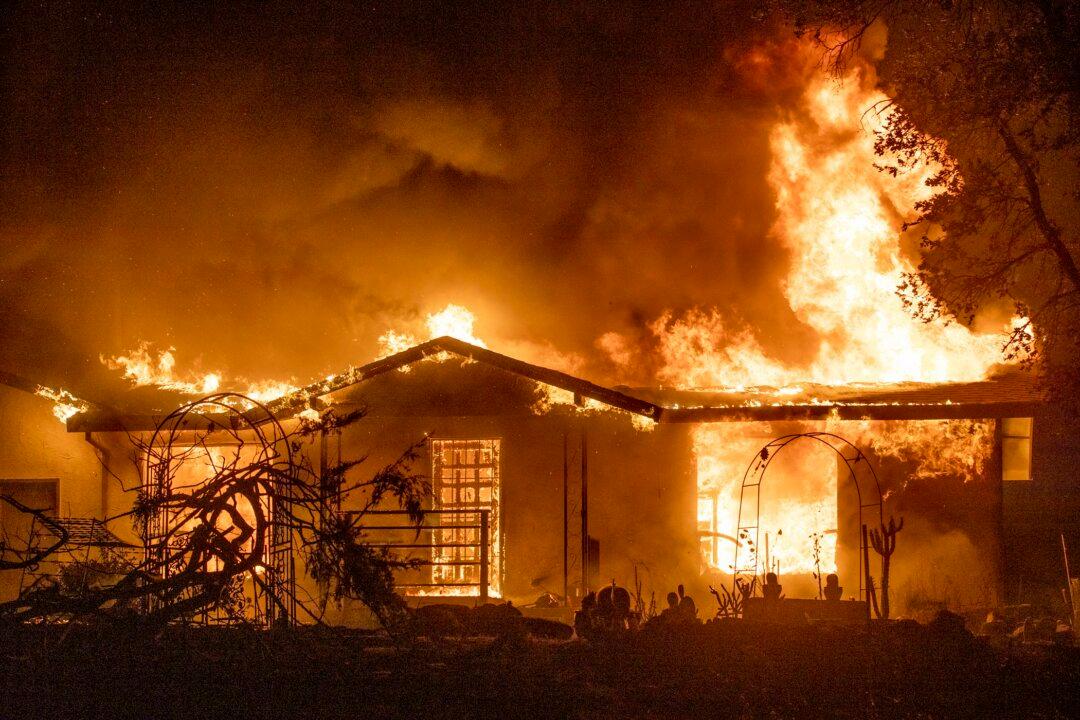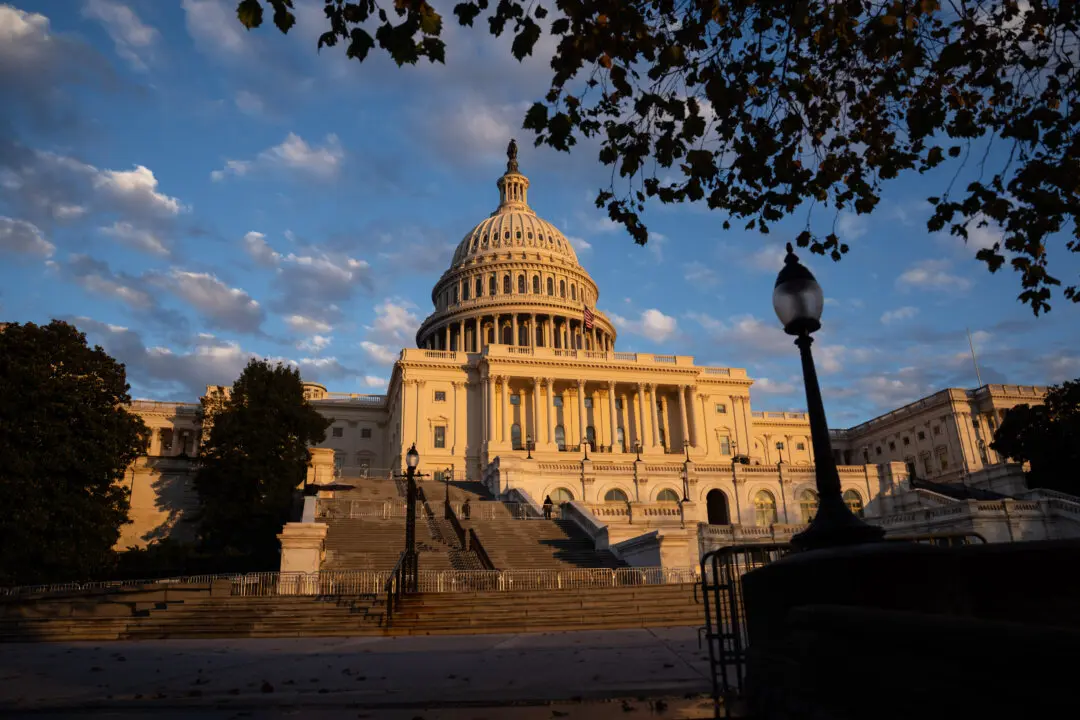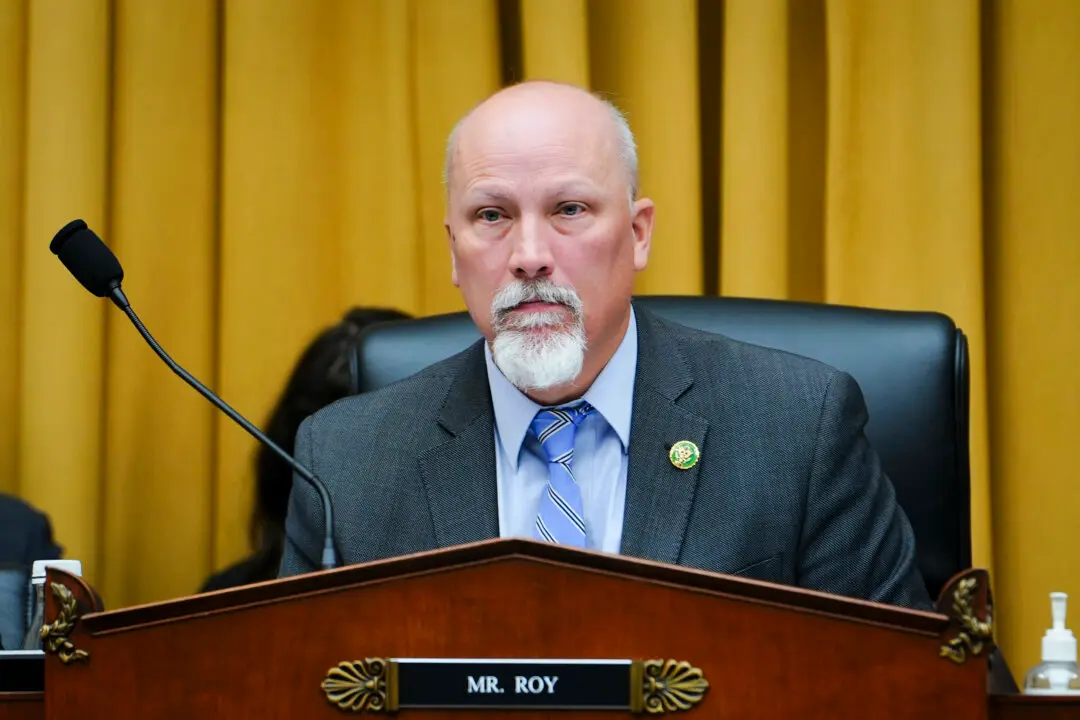A new report from the U.N. Environment Programme (UNEP) predicts that climate change will raise the global likelihood of catastrophic wildfires—defined as one-in-100-year wildfires—by a factor of 1.31 to 1.57.
“The most recent Intergovernmental Panel on Climate Change (IPCC) report indicates that weather conducive to wildfires (‘fire weather’—hot, dry, and windy) is becoming more frequent in some regions and will continue to increase with higher levels of global warming,” the report states, referring to the IPCC’s AR6 report.





